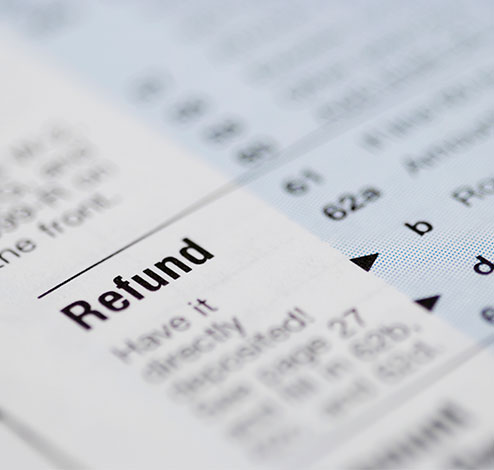Duty drawbacks are tax refunds from the government. You may qualify for a duty drawback if you import and export goods into the U.S. Through this government program, the goal is to encourage production in the U.S. of goods that will be exported. This not only strengthens U.S. foreign trade, but also stimulates the U.S. labor force. Duty drawbacks are relativity underutilized, so knowing if you qualify for a duty drawback can benefit your company.
What A Duty Drawback Looks Like

There are different types of duty drawbacks. Once goods are imported and then exported after being altered is referred to as a Manufacturing Drawback. For example, let’s say you import steel into the U.S. With this steel, you make a product and have it exported to another country. You now qualify for a Manufacturing Drawback. It is important to remember the exported item must be directly correlated to the imported item.
Goods that are imported and then exported without any modification qualify for a Same Condition Drawback. This form of drawback can be issued as long as the exported item is not going to Mexico or Canada. Similar to the Manufacturing Drawback, the Substitution Manufacturing Drawback provides a tax refund for goods that are the same type and quality.
As you can see, there are a variety of ways to receive a duty drawback from the government when exporting your imports.
The Benefits of Duty Drawbacks

Duty drawbacks strengthen U.S. foreign trade. Foreign trade stimulates economic development which allows countries to industrialize. Raw materials imported into different countries can be manufactured into goods that, in turn, will be exported and strengthen the economic development of those countries. Employment will also be generated for countries that participate in foreign trade. Perhaps the best benefit of a duty drawback is the increased revenue for your business. An estimated $2.4 billion in duty drawbacks are left unclaimed each year. With that much money left unclaimed each year, filing for a duty drawback can provide additional revenue for your company.
More Fees To Be Claimed
In addition to duty drawbacks, other fees can be claimed. Harbor Maintenance Fees (HMF) and Merchandise Processing Fees (MPF) are two of these fees. The cost of maintenance on U.S. ports and harbors are shared by the parties that it benefits. Every shipment into the U.S. will be subject to a Merchandise Processing Fee. The value of the merchandise being imported will determine your Merchandise Processing fee. Check with your customs broker to see if any of these fees can be claimed.
As a business that is importing or exporting into and/or out of the U.S., knowing if you quality for duty drawbacks can be essential to your business. Here at AFC International, we will help you identify potential duty drawback opportunities that help your business succeed.
Do you need help identifying if you qualify for a duty drawback? Leave us a comment below or chat with with on Twitter.


Leave a Reply
You must be logged in to post a comment.